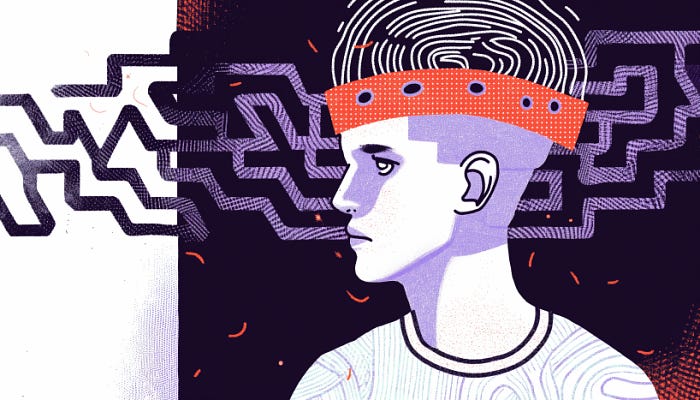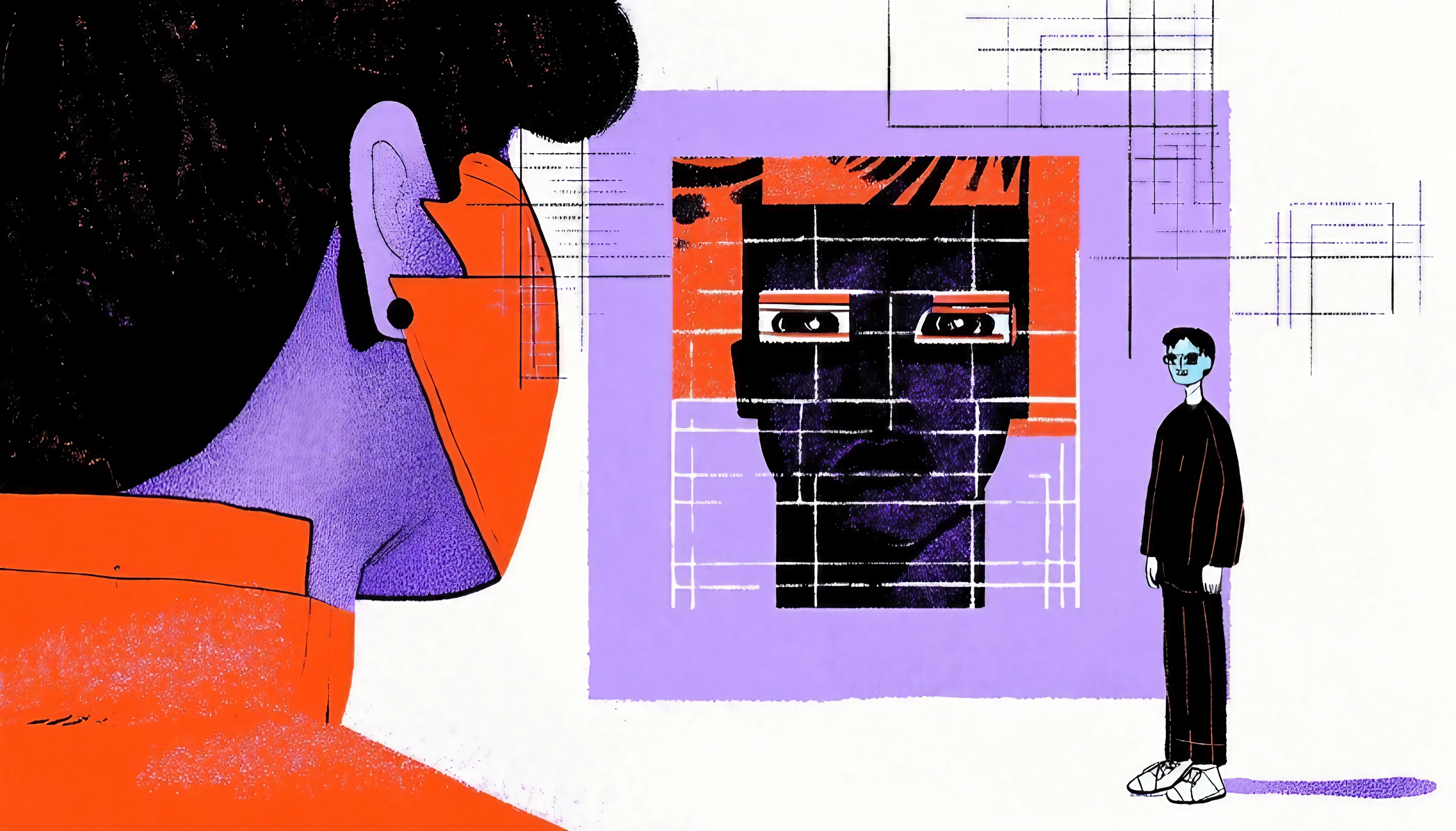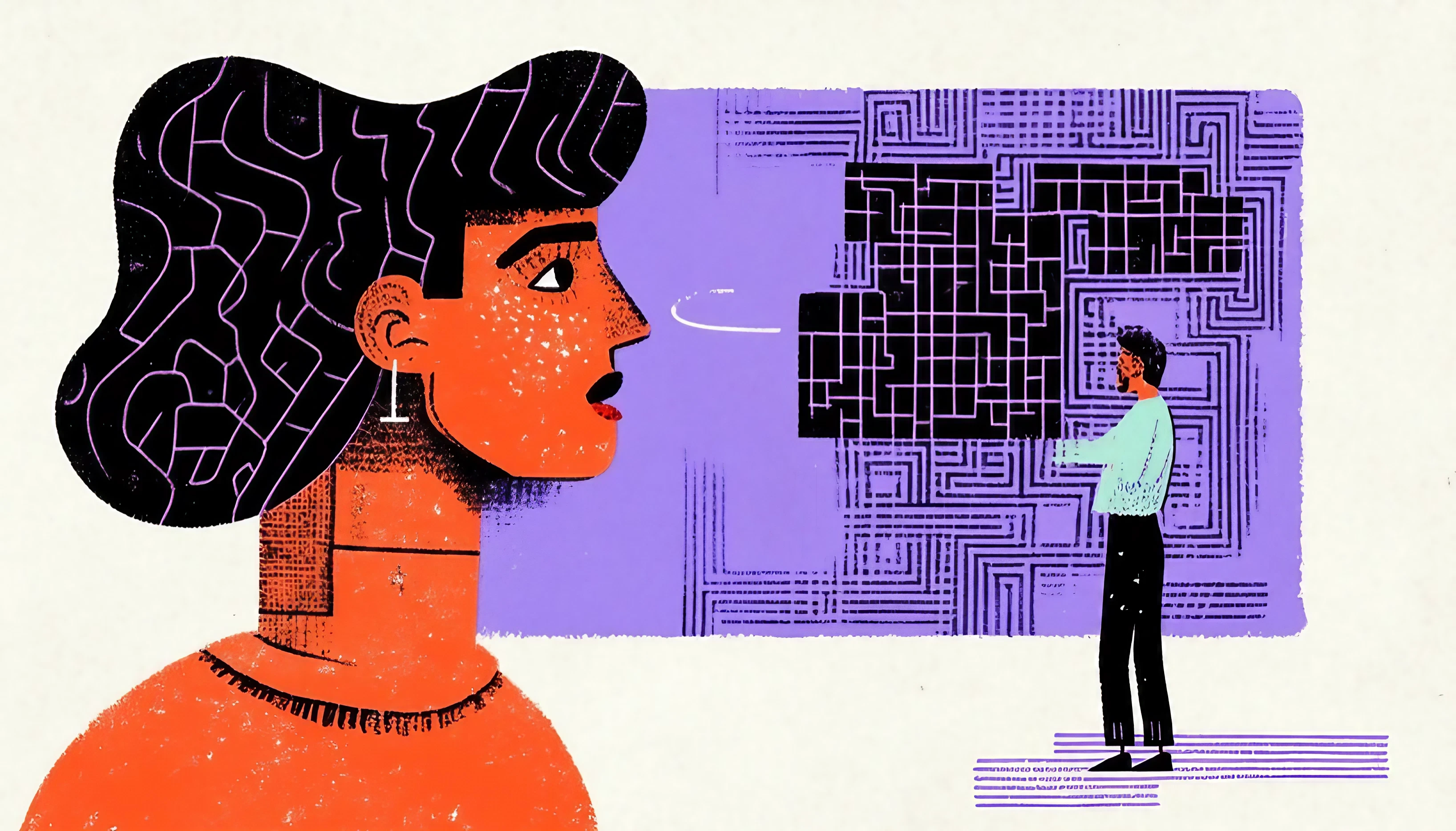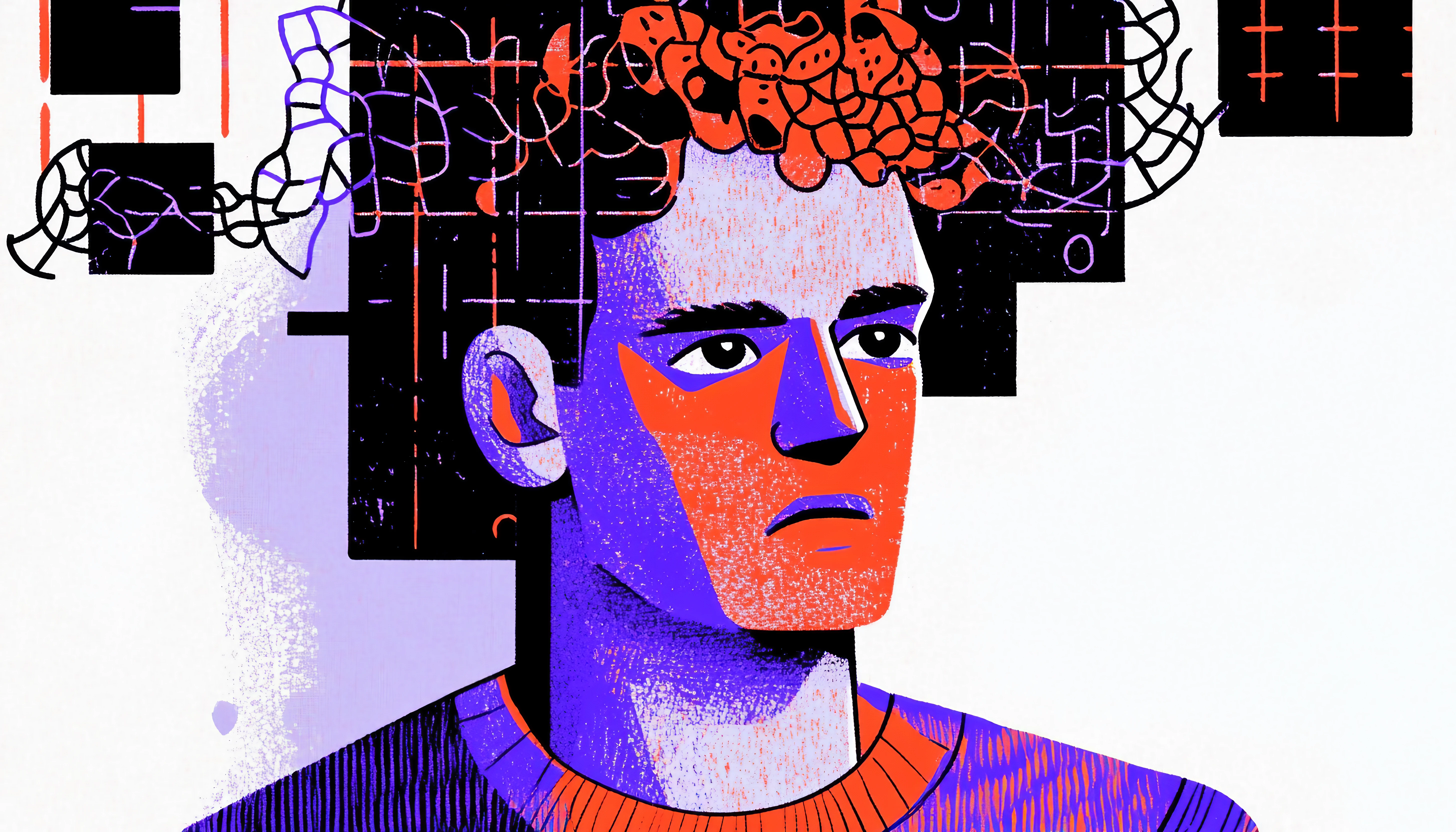User experience (UX) design and psychology are intrinsically linked, forming a powerful partnership that shapes the digital world we interact with daily. At the heart of this relationship lies Gestalt psychology, a school of thought that has profoundly influenced how designers create intuitive and engaging user interfaces. By understanding the principles of Gestalt theory, UX designers can craft experiences that resonate with users on a fundamental cognitive level.
To fully appreciate the impact of Gestalt psychology on UX design, we must first explore its origins and core concepts. Gestalt theory emerged in the early 20th century, pioneered by German psychologists who sought to understand how the human mind perceives and organizes visual information. The word “Gestalt” means “unified whole” in German, encapsulating the theory’s central tenet: the mind perceives objects as complete patterns rather than disparate parts.
This holistic approach to perception has far-reaching implications for design. Armed with knowledge of Gestalt principles, UX designers can create interfaces that align with users’ natural cognitive processes. As a result, these designs become more intuitive, efficient, and satisfying to interact with. Let’s delve deeper into how specific Gestalt principles manifest in UX design and explore their practical applications.

The Principle of Proximity
One of the most fundamental Gestalt principles is the law of proximity. This principle states that elements placed close together are perceived as belonging to the same group. In UX design, proximity is a powerful tool for organizing information and guiding user attention.
Consider, for instance, the layout of a typical e-commerce website. Product listings often display an image, title, price, and “Add to Cart” button for each item. By placing these elements close together and separating them from other product listings, designers create distinct units that users can easily process and interact with. This grouping helps users quickly scan and compare products, enhancing the overall shopping experience.
Moreover, the principle of proximity extends beyond visual design to information architecture. When structuring website navigation, designers often group related items together in menus or submenus. This logical clustering makes it easier for users to find what they’re looking for and understand the site’s content hierarchy.
The Principle of Similarity
Closely related to proximity is the principle of similarity. This Gestalt law suggests that elements sharing visual characteristics, such as color, shape, or size, are perceived as part of the same group. UX designers leverage this principle to create cohesive interfaces and guide user behavior.
For example, in a mobile app, all the primary action buttons might share the same color and shape. This visual consistency helps users quickly identify interactive elements across different screens. Similarly, error messages might be consistently displayed in red, while success messages appear in green. By establishing these visual patterns, designers create a language that users can intuitively understand and navigate.
The principle of similarity also plays a crucial role in establishing brand identity within a digital product. Consistent use of colors, typography, and iconography across an app or website not only reinforces brand recognition but also helps users feel more comfortable and confident as they interact with the interface.
The Principle of Closure
The human mind has a remarkable ability to fill in gaps and perceive complete shapes, even when parts are missing. This phenomenon is known as the principle of closure in Gestalt psychology. UX designers harness this cognitive tendency to create more streamlined and elegant interfaces.
A classic example of closure in UX design is the use of icons. Many app icons are simplified versions of real-world objects, often omitting details or using negative space creatively. Despite this simplification, users can still recognize and understand these icons because their minds automatically “close” the gaps in the visual information.
Another application of closure in UX design is the use of progressive disclosure. This technique involves revealing information or options gradually as the user needs them, rather than overwhelming them with everything at once. For instance, a complex form might be broken down into multiple steps, with each section revealing itself as the user progresses. This approach reduces cognitive load and makes the task feel more manageable, even though the total amount of information remains the same.
The Principle of Continuity
According to the principle of continuity, the human eye naturally follows lines or curves and perceives them as continuous even when other elements overlap or interrupt them. This principle is particularly useful in creating layouts that guide users through a desired flow or hierarchy of information.
In web design, continuity often manifests in the arrangement of text and images. A well-designed article page may use a clear vertical alignment of text columns and strategically placed images to create a natural reading flow. This alignment helps users’ eyes move smoothly down the page, enhancing readability and engagement.
Continuity also plays a role in designing interactive elements. The popular “hamburger” menu icon, consisting of three horizontal lines, leverages continuity. When users tap this icon, the menu typically slides in from the side of the screen, maintaining a sense of continuity with the original icon’s horizontal orientation.
The Principle of Figure-Ground
The figure-ground principle describes how we perceive objects in relation to their background. In visual perception, elements can be seen as either the figure (the focal point) or the ground (the background). UX designers use this principle to create clear hierarchies and draw attention to important elements.
One common application of the figure-ground principle is in modal windows or pop-ups. By dimming or blurring the background content, designers create a clear separation between the modal (figure) and the rest of the interface (ground). This separation helps users focus on the task at hand without losing the context of where they are in the overall interface.
The principle of figure-ground is also crucial in designing calls-to-action (CTAs). By using contrasting colors, size differences, or white space, designers can make CTAs stand out as the “figure” against the rest of the page, increasing the likelihood of user interaction.
The Principle of Symmetry and Order
Humans have a natural preference for symmetry and order. This Gestalt principle suggests that our minds tend to perceive symmetrical arrangements as unified wholes, even when they’re separated by space. UX designers can leverage this tendency to create balanced, aesthetically pleasing interfaces that feel intuitive and harmonious.
Symmetry in UX design doesn’t always mean perfect mirroring. Instead, it often manifests as a sense of balance and proportion. For example, a dashboard layout might use a grid system to arrange widgets in a visually balanced way, even if the widgets themselves vary in size and content. This approach creates a sense of order that makes the interface feel more organized and easier to navigate.
The principle of symmetry and order also extends to the use of white space. By carefully balancing content with empty space, designers can create interfaces that feel uncluttered and focused, allowing users to process information more easily.
The Principle of Common Fate
The principle of common fate states that elements moving or changing together are perceived as part of the same group. In UX design, this principle is particularly relevant when creating interactive elements and animations.
For instance, in a mobile app, swiping to delete an item might cause the item to slide off-screen along with a delete confirmation button. This coordinated movement creates a clear association between the action (swiping) and its consequence (deletion), making the interaction more intuitive.
Similarly, dropdown menus that expand with a smooth animation help users understand the relationship between the trigger element and the revealed options. By moving and changing together, these elements are perceived as a unified interactive component.

Practical Applications of Gestalt Principles in UX Design
Now that we’ve explored the individual Gestalt principles, let’s consider how they work together in real-world UX design scenarios.
- Form Design: When creating forms, UX designers can apply multiple Gestalt principles to enhance usability. The principle of proximity helps group related fields together, while similarity can be used to distinguish between different types of inputs (e.g., required vs. optional fields). Continuity guides users through the form in a logical sequence, and closure allows for the use of progressive disclosure to break complex forms into manageable steps.
- Navigation Design: Effective navigation is crucial for a good user experience. Gestalt principles can help create intuitive navigation systems. Similarity can be used to visually distinguish between primary and secondary navigation items. Proximity groups related navigation elements together, while continuity guides users’ eyes through the menu structure. The figure-ground principle helps highlight the current section or page within the navigation hierarchy.
- Data Visualization: When presenting complex data, Gestalt principles can make information more digestible. The principle of similarity helps users quickly identify data points belonging to the same category. Proximity groups related data together, while continuity can guide users through trends or patterns in the data. The figure-ground principle helps highlight key insights against the backdrop of supporting information.
- Onboarding Experiences: Designing effective onboarding flows for new users often involves applying multiple Gestalt principles. Closure and progressive disclosure help break down complex information into manageable chunks. Continuity guides users through the onboarding steps, while similarity helps establish a consistent visual language for interactive elements.
- Responsive Design: As interfaces need to adapt to various screen sizes, Gestalt principles become even more crucial. The principles of proximity and similarity help maintain clear information hierarchies across different layouts. Closure allows for the simplification of complex elements on smaller screens without losing essential meaning. The figure-ground principle helps prioritize content in limited space.
Conclusion
As technology evolves, new challenges and opportunities arise in UX design. However, the fundamental principles of Gestalt psychology remain relevant, adapting to new contexts and interaction paradigms.
For instance, in the realm of virtual and augmented reality, Gestalt principles play a crucial role in creating intuitive 3D interfaces. The principle of common fate becomes particularly important in designing gesture-based interactions, where the movement of virtual elements needs to correspond naturally with user actions.
Similarly, as voice user interfaces become more prevalent, Gestalt principles are being applied to auditory design. Concepts like auditory proximity (grouping sounds in time) and similarity (using consistent voice characteristics for related functions) help create coherent voice interactions.
By understanding and applying these cognitive principles, designers can create interfaces that feel natural, intuitive, and satisfying to use. As we move forward into new frontiers of human-computer interaction, the insights provided by Gestalt theory will undoubtedly continue to guide and inspire UX designers in creating experiences that resonate with users on a fundamental level.






